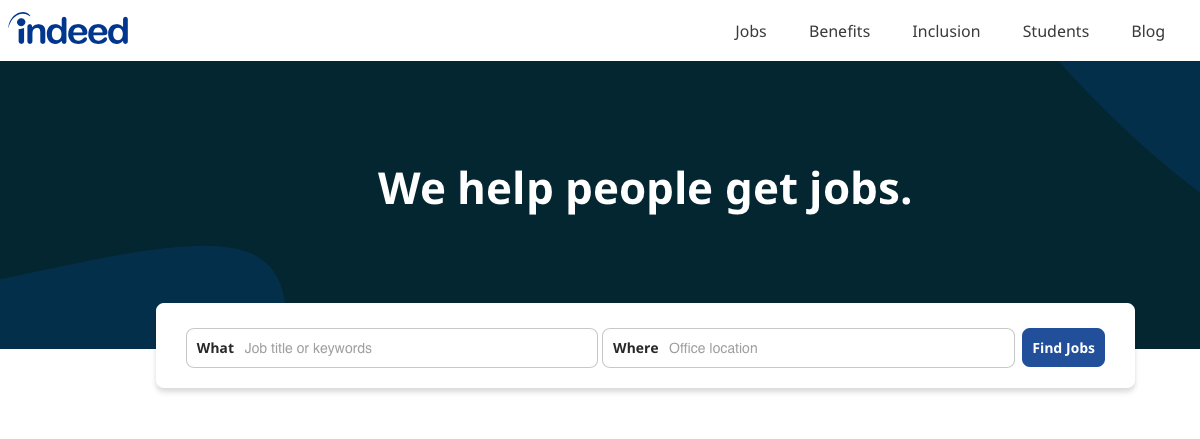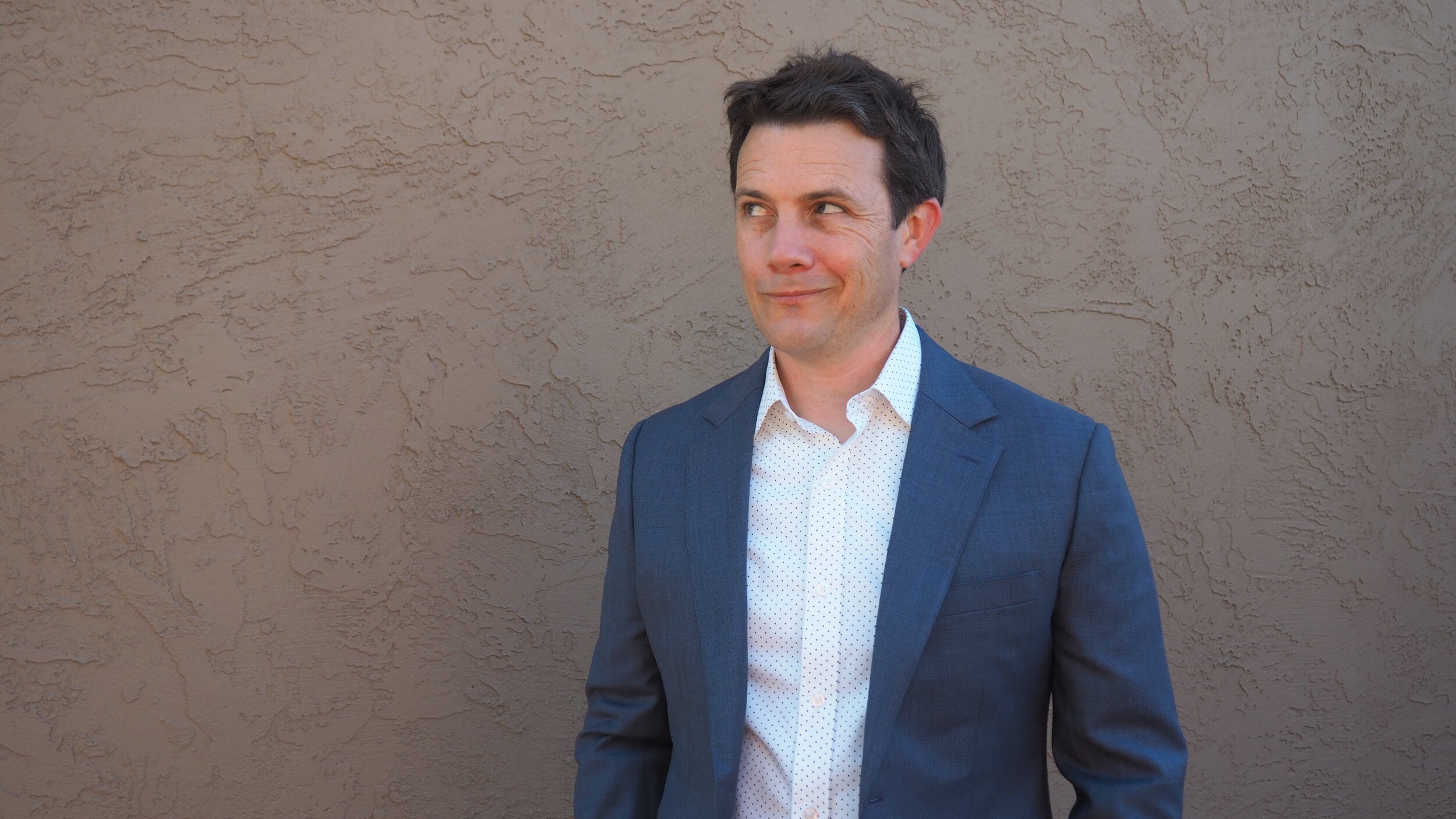My wife and I own a vacation rental cabin called The Overlook. It's located in a rural mountain village where propane is used for heating and cooking.
Our propane supplier offers a "worry free" service where they monitor the propane tank for us and fill it up once it gets too low. This service worked like clockwork for several years until we experienced trouble last December, when we didn't get our usual refill.
The supplier usually tops off the tank in December, right when the cold winter season is starting. My wife, Sally, called our supplier to make sure a delivery hadn't been missed. The rep in our local office promised to check on it and call back.
She never did.
The cabin was booked solid when a cold snap hit in January, and our guests were using a lot of propane. The tank dropped below 20 percent and we were going through two percent per day. At that rate, we had just over a week of propane remaining.
Sally called the propane company again. The person in the local office seemed unconcerned, but promised to check into it and call back. She never did.
Now we were really worried.
We escalated the issue to someone I know in the corporate office. Fortunately, she got our tank filled the next day.
It was tempting to dismiss the local rep as lazy and uncaring. Later on, I discovered the root cause of our local rep's apparent complacency. The problem is more widespread than you might think.
Look closely, and you'll find one insight you can use to prevent problems like this. It can make anyone better at service recovery.
What problem is your customer trying to solve?
Service recovery becomes much easier when you know what problem your customer is trying to solve.
Customer service employees can miss the customer's true problem if they only listen for the thing the customer is requesting, not the reason behind it. One technique to overcome this challenge is to listen for your customer's "I need to" statement.
Consider these examples. What is the customer really worried about?
“I need to get my car fixed today so I don’t miss work tomorrow.”
“I need to resolve this billing error so my accountant can reconcile my company’s finances.”
“I need to get this stain out so I can wear this suit to a big meeting next Wednesday.”
It’s tempting to focus on fixing the car, solving the billing error, or getting the stain out. And while those might be important steps, the real concern for these customers is not missing work, reconciling company finances, and looking good at a big meeting.
At The Overlook, Sally repeatedly told the local rep, "I need to get our propane tank filled so our guests will have heat and be able to use the stove." Our biggest concern was keeping our guests happy, not making sure we knew the propane delivery schedule.
The local customer service rep missed all that.
What she heard instead was a request to check on the delivery schedule. She mistakenly thought the problem was resolved when she confirmed our cabin had not missed a scheduled propane delivery.
You might be wondering how can things be running normally when our tank was getting so dangerously low. We'll get to that part of the story in just a moment.
For now, take a moment to think about a recent service failure one of your customers experienced. Can you identify the real problem they were trying to solve?
Service recovery becomes much easier when you understand what's truly making your customer anxious. Fail to understand your customer's source of anxiety and you will likely miss your chance to help them feel better.
Can you make your customer feel better?
The goal of service recovery is to help customers feel better about your company, product, or service after something went wrong. You want to prove to them you can fix the problem and earn their trust for future business.
This requires customer service professionals to look beyond their own processes and see the situation through the eyes of their customer.
Our biggest worry at The Overlook was running out of propane so guests couldn't heat the cabin or cook food. The customer service rep misunderstood our problem and focused instead on the delivery schedule.
What could she have done instead?
Investigate the issue, even though things seemed normal.
Call back when she said she would call back.
Verify that our propane tank would not run out and provide us with assurance.
That last one was most important.
After escalating the issue, we received an update assuring us our propane tank would be filled the next day. That instantly reduced our anxiety. We then felt a sense of relief once the tank had been filled.
Are there any barriers to understanding your customer?
Many customer service reps face hidden obstacles that make listening to customers more difficult than it seems. I devoted an entire chapter to this topic in my book, Getting Service Right.
At the propane company, two problems conspired to cause the customer service rep to do a poor job of listening.
The first was the company changed its delivery threshold. In the past, it refilled customers' tanks when the propane level went below 40 percent. The operations team changed that to 20 percent in an effort to route deliveries more efficiently, but failed to tell customers about it.
This generated a lot of phone calls from customers like us who were used to getting their tanks filled once it went below 40 percent and were suddenly worried when the expected refill never came. Local reps didn’t realize that customers hadn’t been informed, and many, like ours, got annoyed at all the extra call volume. That made listening even more difficult.
The second problem was the propane company's estimates were off. They relied on historical consumption to estimate when our tank was running low. However, it was unusually cold that winter and our cabin was rented far more often than the year before.
That meant we were using a lot more propane than normal. We later discovered that our actual tank reading was 15 percentage points lower than our supplier estimated.
The local customer service rep couldn't understand our sense of urgency as a result. She likely thought my wife was being hysterical when Sally said she was concerned we would run out because the rep thought our tank was at 33 percent when it was really at 18.
Many customer service reps face similar barriers when it comes to understanding their customers. Here are a few more examples:
Long queues that pressure employees to work too quickly.
Scripts that tell employees exactly what to say, but discourage listening.
Customer service software that doesn't track interactions over multiple channels.
Poor internal communication.
Lack of training on listening skills.
Customer service reps can overcome these listening barriers, but it takes practice. You can use this listening skills guide to help.
Conclusion
Understanding the problem your customers are trying to solve unlocks many opportunities to serve them better.
Sales and marketing teams can use this insight to add new business. Operations can use it to guide improvements, such as a change to the propane delivery schedule. And customer service teams can use it to recover from service failures.
You can learn more about service recovery from these resources:
Create experience guarantees with The Guaranteed Customer Experience.
Discover how to win back your customer's heart with an apology.
Watch the LinkedIn Learning course, Working with Upset Customers.













